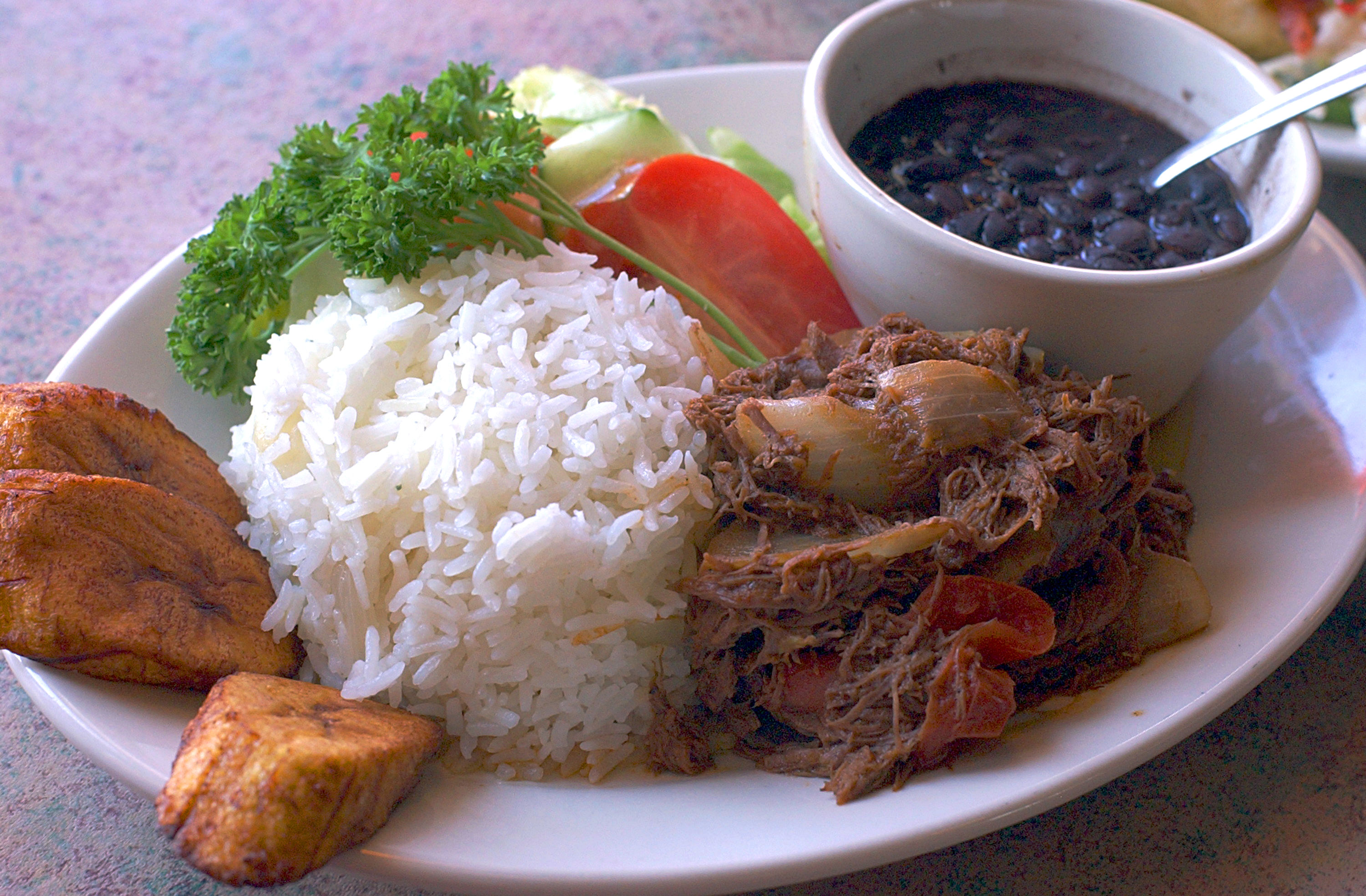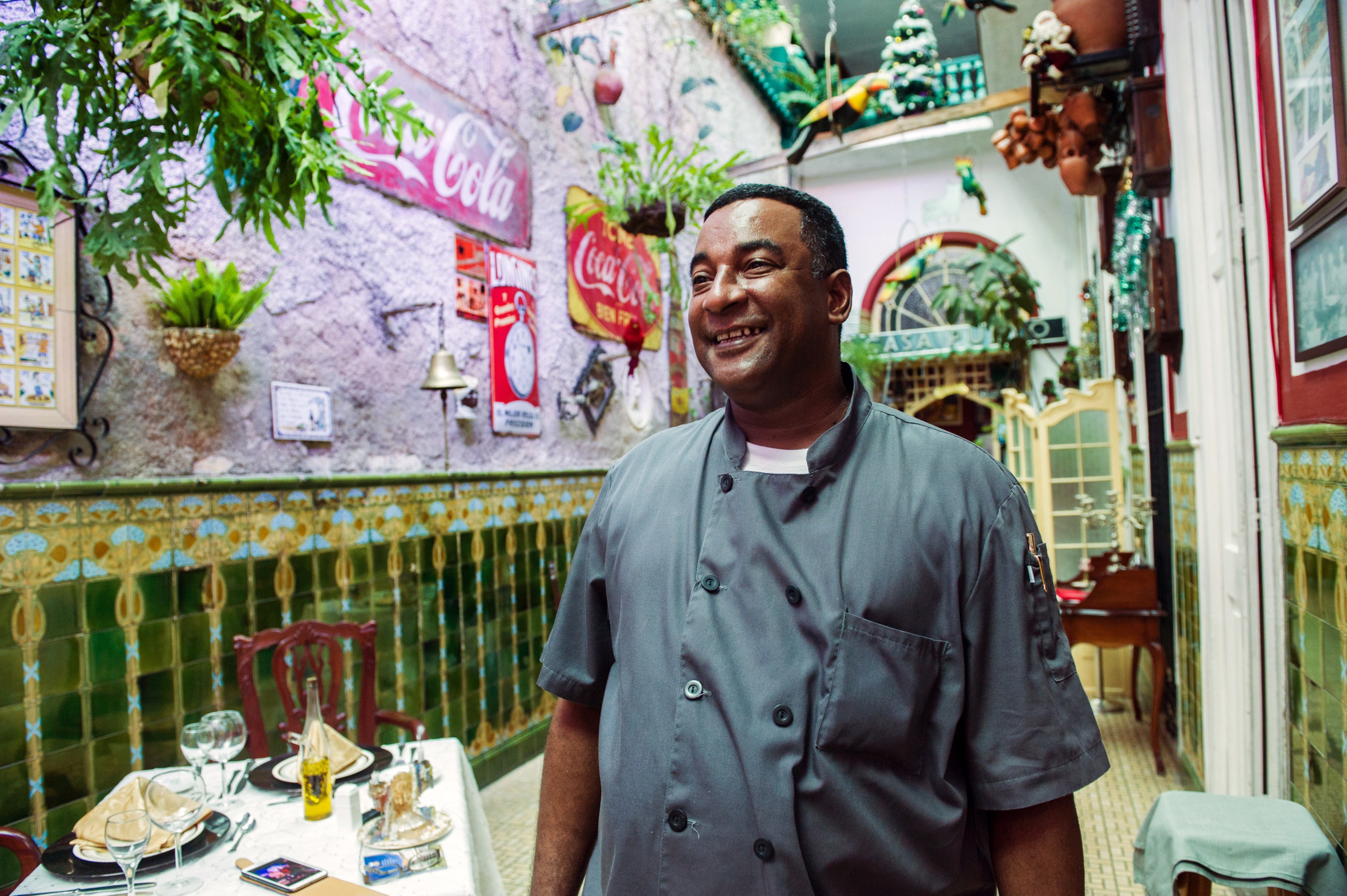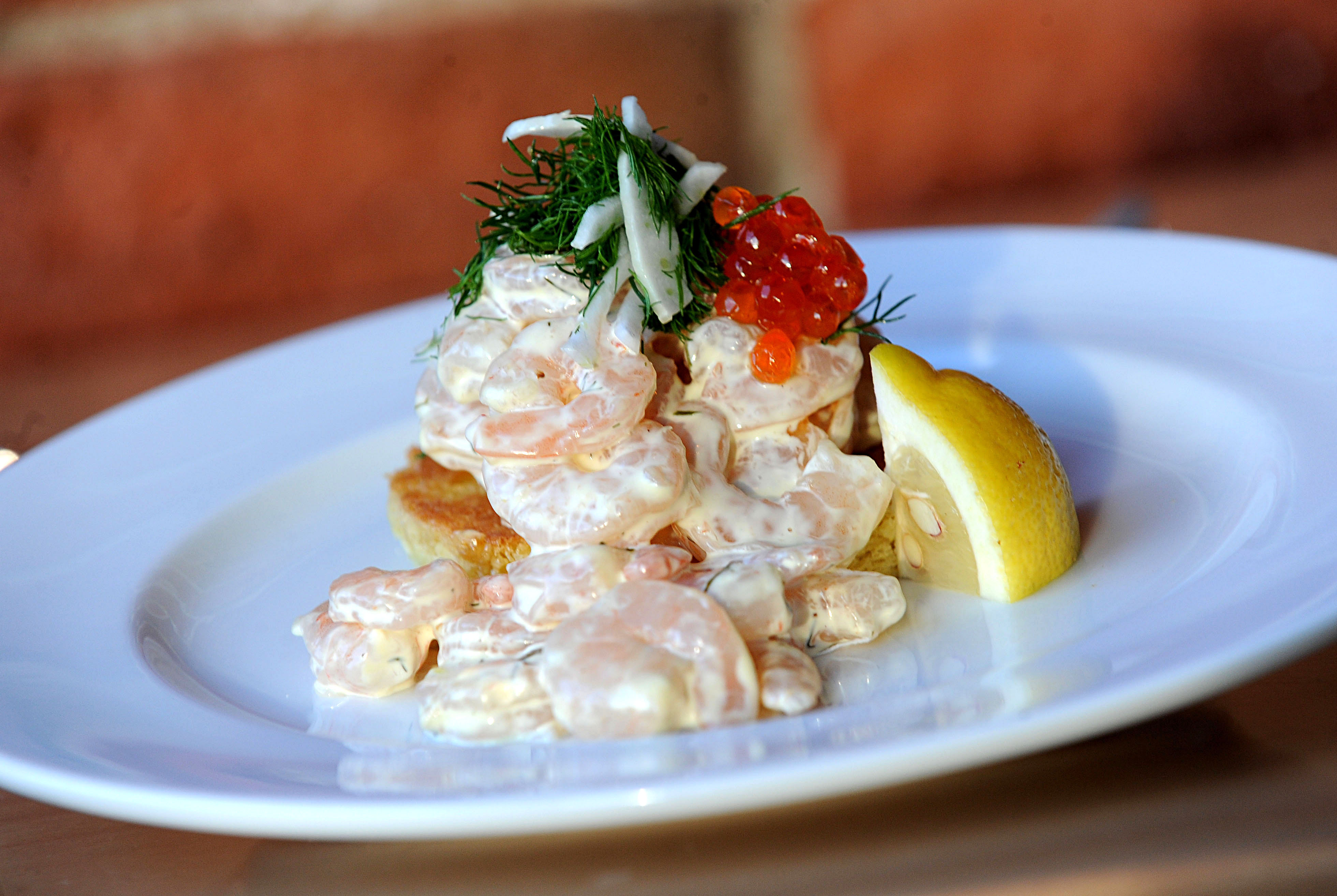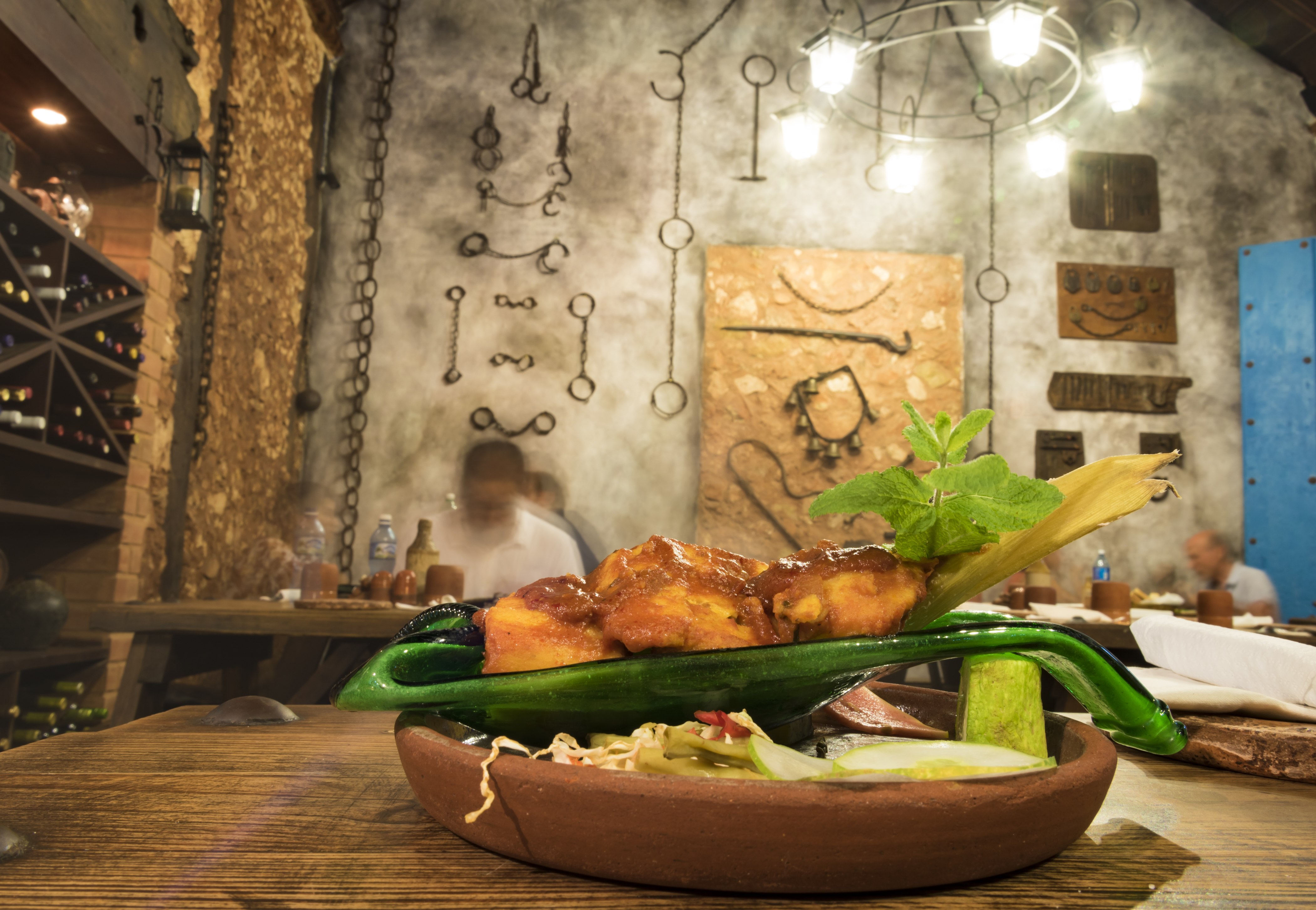Following decades of gastronomic austerity, the spark of a full-blown culinary revolution was auspiciously ignited in early 2011 when the Cuban government relaxed laws on private enterprise. At liberty to express their pent-up creativity for the first time since JFK cancelled the US sugar order, Havana’s knife-wielding chefs began crawling enthusiastically out of the woodwork. It was as if a crossbow that had been wound back for fifty years had suddenly been let go.
It wasn’t the first awakening. Private restaurants have existed in Cuba since the mid-1990s but, beset by nit-picking regulations in the early days, running one successfully was a task akin to eating soup with a fork.
Jump forward 20 years and Cuban food culture has entered a whole new universe. With less government meddling and easier-to-procure ingredients, private restaurants have exploded, usurping their mediocre state-run rivals and raising food quality to a higher level, especially in Havana.

Of the many culinary epiphanies you’ll encounter in Cuba today, one of the most refreshing is the country’s rediscovery of its cherished local cuisine, comida criolla.
Eschewing fanciful fusion dishes, home-spun restaurants such as Havana’s Doña Eutimia keep it simple, never straying too far from the Cuban basics in an attempt to remind the world that – with a little love and a tad less rationing – rice, beans and slow-cooked meat make a delicious combo. Located in a cobbled cul-de-sac close to Havana’s baroque cathedral, Doña Eutimia has established a solid reputation for its rich picadillo (minced beef with olives and spices) and authentic ropa vieja, Cuba’s national dish, a tangy melange of shredded beef and tomato sauce.
In a street not far away, Paladar Los Mercaderes takes a broader swipe at Caribbean cuisine embellishing Cuban staples with international flourishes. A staircase scattered with flower petals leads you up to a gloriously renovated suite of colonial rooms where diners tuck into lobster with pineapple glaze and eggplant lasagne while being serenaded by a resident violinist. With its highly attentive service and fin-de-siècle furnishings, Mercaderes is a far cry from the lackluster state-run restaurants that, until five years ago, were Cuba’s main food option.

Equally experimental but still recognizably Cuban is Café Laurent in Vedado where you can graze on cured hams and crab soup (unheard of in Cuba pre-2011), and San Cristóbal in Centro Havana, a fount of ceviche and marinated octopus. Both places hide lavishly decorated interiors behind utilitarian outer shells, a common dichotomy in Cuba’s confusing dual economy.
There were barely any foreign restaurants in Cuba before 2011, but with enterprising outsiders now allowed to enter into partnerships with locals, they’re spreading rapidly, led as ever by the Italians. The Cubans first adopted and (badly) adapted the pizza during the lean years of the Special Period in the 1990s, but recent takes on Italian cucina have been infinitely more appealing. La Carboncita encased in a private residence in Havana’s Miramar neighborhood proudly confirms that ‘al dente’ is no longer an untranslatable foreign term. The pasta is homemade, the pesto is concocted with basil plucked from the vegetable garden, while the enticing pizzas are made in a stone oven in an onsite garage turned kitchen.

More esoteric is Casa Miglis in Centro Havana, where Ikea-like décor complements a Scandinavian-influenced menu courtesy of its Swedish film director owner. The stand-out dish? Meatballs with mashed potatoes closely followed by the toast skagen (with prawns and mayonnaise).
Cuba’s first post-Cold War Russian restaurant, Tabarish attempts to resuscitate the country’s 30-year affair with the former Soviet Union by using borscht and beef stroganoff rather than Khrushchev and Brezhnev. Another newcomer, Topoly is encased in a weighty colonial mansion in Vedado where it expresses culinary solidarity with Iran offering meat kebabs, tea in ornate pots and belly dancers every Wednesday night.
Havana’s café scene has entered an interesting stage. With the embargo still in place, bland American brands have yet to gain a foothold. Filling the void, local entrepreneurs have filtered their artistic creativity and enthusiastic idea-swapping into a growing stash of bohemian bars and cafes.
Café Fortuna in the Playa neighborhood resembles a subterranean speakeasy, piled with antiques of all descriptions and populated by whispering students who sip coffee in its shadowy entrails. Café Archangel, hidden behind a grizzled façade in Centro Havana, has a brighter retro appeal. Regulars balance coffee cups on requisitioned sewing-machine tables, Charlie Chaplin movies provide a hilarious background distraction and homemade cakes make snack skipping nigh-on impossible.
El Chanchullero in Havana Vieja is a raffish antidote to Havana’s more expensive cocktail bars that trade off their Hemingway connections, although the late author would’ve probably enjoyed its dark dive bar ambience, cheap mojitos and healthy tourist-local interchange. Espacios, in Miramar’s diplomatic quarter, still retains the aura of a well-kept secret; there’s no street sign and no English-speaking hustler trying to lure you in. But, with a bit of charm and some basic Spanish verb conjugation, you should be able to talk your way into this rather splendid house with its lazy patio and stylish sofas and pouffes spread around several interior rooms. The tapas and cocktails are both worth a look if you can take your eyes off the giant modern art that adorns the walls or the equally attractive Cuban clientele.
Havana might be the powerhouse of Cuba’s food revolution, but smaller culinary insurrections are breaking out in the provinces.
Thanks to its rainy microclimate, Baracoa offers Cuba’s best and most distinctive regional cuisine. Specialties include banana-stuffed tamales, chocolate confections and freshwater prawns in coconut sauce.
Cuba’s third largest city nabs second place in the culinary pecking order with some spectacular internationally themed restaurants.
Trinidad’s rise to culinary prominence rivals Havana; the Unesco-listed town has sprouted over 90 new restaurants since 2011, most of them encased in antique-filled colonial mansions.

Beyond the stuff-yourself-silly hotel buffets, Varadero has a decent stash of new locally run restaurants.
This super-friendly rural village cooks up the most succulent spit-roasted pig in Cuba.